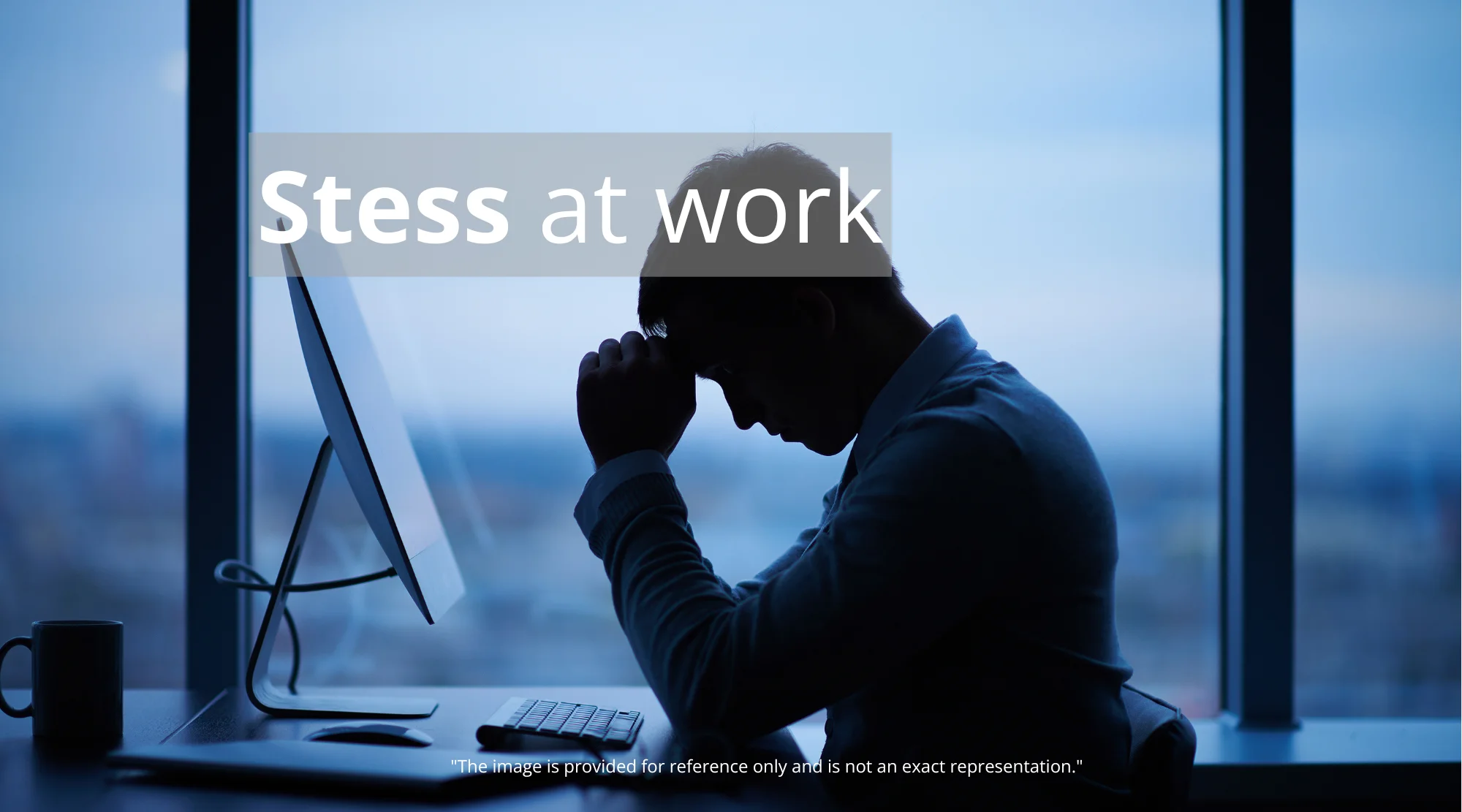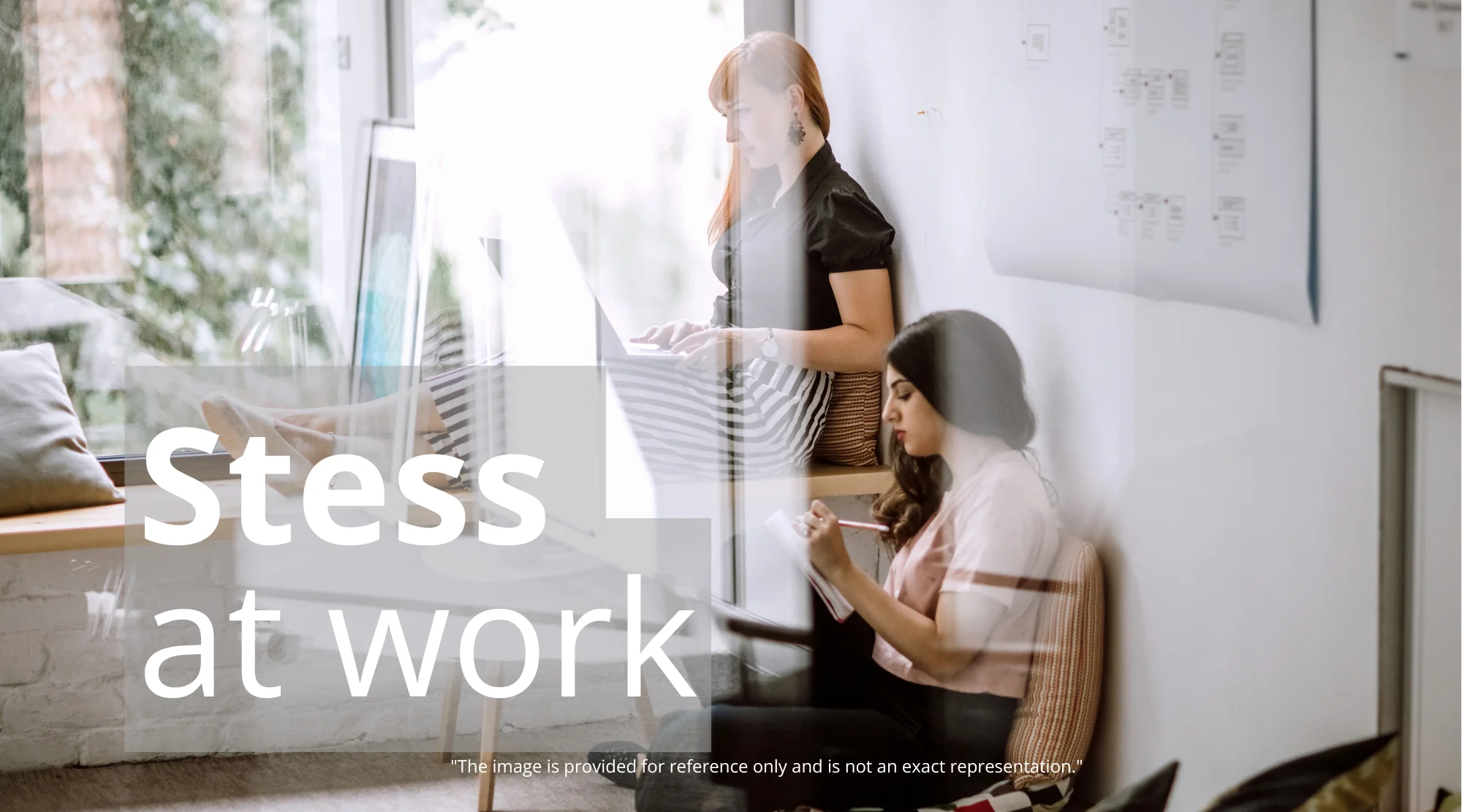The Unseen Engine: How Mental Well-being Fuels Organizational Productivity
In today’s fast-paced world, the conversation around mental health has finally broken free from its hushed corners, emerging as a crucial aspect of overall human well-being. But in the bustling arena of our workplaces, are we truly giving it the spotlight it deserves? Are we fully aware that an organization’s success is intricately woven into the emotional and psychological fabric of its people? Join us as we dive deep into the current landscape of workplace mental health, explore why it remains undervalued in many professional settings, and highlight how prioritizing emotional well-being isn’t just a perk for employees – it’s a powerful catalyst for business triumph. Get ready for a journey that’s informative, reflective, and perhaps a little bit provocative, tackling a topic that touches us all.
Mental Health on the Radar: Genuine Progress or a Fleeting Trend?
Over the past decade, “mental health” has rocketed into headlines, advertising campaigns, and social media feeds. From influencers bravely sharing their struggles with anxiety to companies hosting mindfulness workshops, it seems the world is waking up to the vital importance of caring for our minds. But how deep does this shift go within organizations? Is it a genuine transformation or merely a superficial nod to a social trend?
In many companies, particularly in regions like Latin America (think Mexico, Argentina, Colombia), the dialogue about workplace mental health is still in its nascent stages. The World Health Organization (WHO) points out that mental health disorders like anxiety and depression affect over 300 million people globally, leading to an estimated annual economic loss of a staggering $1 trillion in productivity. Despite these alarming figures, many organizations continue to sideline employee mental well-being, placing it behind financial targets or production quotas.
Within the professional sphere, discussions about mental health often boil down to isolated initiatives: a lunchtime yoga session, a webinar on stress management, or, at best, an Employee Assistance Program (EAP). While these efforts are well-intentioned, they frequently lack a comprehensive and sustained approach. The critical question remains: are we truly tackling the problem, or just applying band-aids?
The Stubborn Shadow of Stigma: Cultural and Organizational Hurdles
One of the primary reasons mental health struggles to find open discussion within organizations is the persistent stigma that surrounds it. In many cultures, especially in traditional work environments, expressing emotions like sadness, anxiety, or exhaustion is often seen as a sign of weakness. Employees live in fear of being judged, stigmatized, or even professionally penalized if they admit to grappling with mental health challenges. This fear isn’t unfounded; a survey by the ManpowerGroup Foundation revealed that a significant 60% of workers in Latin America believe that discussing mental health at work could negatively impact their careers.
Furthermore, many organizations lack leaders equipped to handle these sensitive topics. Managers are typically trained to oversee projects, not necessarily to navigate the complexities of human emotions. When an employee exhibits signs of stress or burnout, supervisors might misinterpret it as a lack of commitment or capability, rather than recognizing a need for emotional support. This disconnect perpetuates a cycle where employees feel unseen and unheard, and mental health issues tend to escalate.

The Knowledge Gap: Understanding What We’re Dealing With
Compounding these issues is a pervasive lack of education regarding mental health. In many instances, neither employees nor employers fully grasp what mental health entails or how to identify warning signs. Take, for example, burnout. It’s not simply feeling tired after a demanding week; it’s a recognized occupational syndrome by the WHO, characterized by physical, emotional, and mental exhaustion. Yet, in numerous organizations, burnout is normalized as an inherent part of “working hard,” effectively preventing the implementation of preventive measures.
The Undeniable Link: Mental Well-being and Peak Productivity
Now, let’s address the elephant in the room: productivity. For far too long, businesses have operated under the assumption that more hours clocked equate to superior outcomes. However, scientific evidence increasingly suggests the opposite. Productivity isn’t solely about the hours spent at your desk; it’s about how focused, motivated, and balanced you are while you’re working.
An employee battling mental health challenges, such as anxiety, depression, or chronic stress, has a diminished capacity to concentrate, make sound decisions, or collaborate effectively. According to a Deloitte report, mental health issues in the workplace can slash productivity by as much as 30%. Conversely, when organizations proactively invest in the emotional well-being of their workforce, the benefits are tangible: higher engagement, reduced staff turnover, decreased absenteeism, and a more positive workplace atmosphere.
Picture this: a team where individuals feel heard, valued, and supported. In such an environment, people are not only more inclined to give their best performance but also become more creative, innovative, and resilient when facing hurdles. On the flip side, in an organization where stress is the norm and there are no safe spaces to discuss mental health, employees tend to disconnect emotionally, leading to the phenomenon known as “presenteeism” – being physically present but mentally absent.
Leading the Way: Organizations Embracing Mental Health Best Practices
Thankfully, a growing number of companies are beginning to take mental health seriously. Global giants like Google, Microsoft, and Unilever have rolled out comprehensive programs that range from access to psychological therapy to flexible work policies. For instance, Google offers mindfulness sessions and emotional coaching, while Unilever has established worldwide mental health initiatives that equip leaders to identify and address emotional concerns within their teams.

In Latin America, while progress might be slower, there are also inspiring examples. In Mexico, companies like Cemex have launched well-being programs that include mental health talks and access to psychological helplines. In Argentina, Mercado Libre has integrated emotional support programs into its organizational culture, championing a healthy work-life balance.
These initiatives share a common thread: they move beyond superficial fixes. Instead of limiting themselves to one-off events, these companies are embedding mental health into their overarching business strategy. Some of the most effective practices include:
- Empowering Leaders Through Training:
Equipping managers to recognize signs of stress or emotional distress and to respond with empathy and understanding. - Providing Access to Professional Resources:
Offering therapy or counseling services through robust Employee Assistance Programs. - Implementing Flexible Work Policies:
Allowing for flexible hours, remote work options, or dedicated mental health days to alleviate stress. - Cultivating a Culture of Openness:
Fostering an environment where employees feel secure discussing their emotions without fear of reprisal. - Proactively Preventing Burnout:
Setting clear boundaries around working hours and actively promoting a healthy work-life equilibrium.
The Economic Toll: The High Cost of Ignoring Well-being
Overlooking mental health in the workplace doesn’t just impact individual employees; it carries a substantial economic price tag. The WHO highlights that for every dollar invested in treating mental health conditions, there’s a four-dollar return in productivity and well-being. Conversely, failing to address these issues leads to millions in losses due to absenteeism, employee turnover, and diminished productivity.
In Latin America, where economies often face structural challenges, investing in mental health could be a significant competitive differentiator. Companies that prioritize their employees’ well-being not only enhance their reputation but also attract and retain top talent in a competitive market. In an era where millennials and Gen Z increasingly value balance and purpose in their work, organizations that fail to adapt risk being left behind.

Taking Charge: The Employee’s Role in Prioritizing Mental Health
While organizations bear significant responsibility, employees also have the power to take proactive steps in prioritizing their mental well-being. Here are some practical strategies:
- Set Boundaries:
Learn to gracefully decline excessive workloads and communicate your needs clearly to your team. - Seek Support:
If your company offers mental health resources, make use of them. If not, consider seeking professional help independently. - Practice Self-Care:
Dedicate time to activities that recharge your batteries, such as exercise, meditation, or spending quality time with loved ones. - Speak Openly:
If you feel comfortable, share your experiences with trusted colleagues to help normalize the conversation around mental health.
A Call to Action: Shaping the Future of Workplace Mental Health
The professional landscape is evolving, and with it, our understanding of mental health. Organizations aspiring to thrive in the future must recognize that their employees’ emotional well-being is not a luxury but a strategic imperative. Discussing mental health at work shouldn’t be an exceptional event but a daily practice woven into the very fabric of the organizational culture.
For leaders, this means listening actively, investing in necessary resources, and leading with genuine empathy. For employees, it involves advocating for their needs and fostering an environment of mutual support. And for society at large, it means dismantling stigma and acknowledging that mental health is as vital as physical health.
In conclusion, productivity and emotional well-being are more intimately connected than many realize. A workforce that is healthy, both physically and mentally, is the true engine of any successful organization. The question isn’t whether companies can afford to invest in mental health, but rather, can they afford not to? In a world increasingly conscious of the importance of being well, it’s time for organizations to step forward and make mental health a top priority. Because, at the end of the day, people aren’t just human resources; they are the heart and soul of any enterprise.
Recommended Resources for Deeper Dives:
* World Health Organization (WHO): Reports on mental health and the workplace.
* Deloitte: “Mental Health and Employers: The case for investment.”
* ManpowerGroup Foundation: Surveys on perceptions of workplace mental health. Link
This article is designed to inspire, educate, and motivate both organizations and their employees to embrace mental health. Because when people thrive, businesses flourish. So, what are your thoughts? Is it time for a change in your work environment?













3 comments